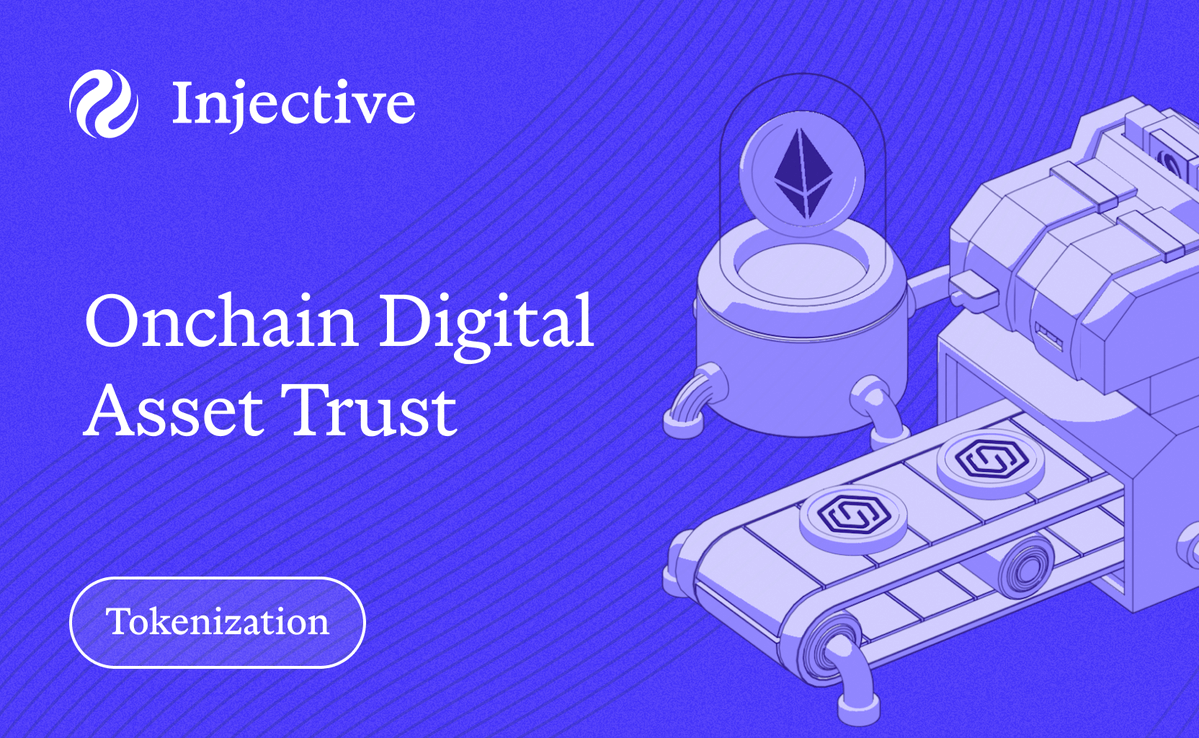Under the 401(k) policy reform, the crypto market is at a historic turning point.
1/ Policy Reform and Institutional Capital Inflow
On August 7, Trump signed an executive order allowing 401(k) retirement accounts to invest in cryptocurrencies, private equity, and other alternative assets. This means that over $12 trillion in retirement funds could flow into the crypto market.
2/ Logic of Institutional Capital Allocation
From the perspective of institutional trustees, the allocation of 401(k) funds will follow strict risk control and compliance requirements. Based on the current regulatory environment, I predict there will be three layers of filtering logic:
First Layer: Mainstream Coins
Bitcoin and Ethereum are the top choices. They have the longest price history, deepest liquidity, and most complete infrastructure.
Second Layer: Institutional-Level Infrastructure Coins
Projects like Solana and Injective that have strong technical foundations and institutional adoption cases. These projects are characterized by: mature technical architecture, active developer ecosystems, and real application scenarios.
For example, @injective @InjectiveLabsCN has clear technical advantages:
• <1 second block time
• 25,000+ TPS processing capacity
• Native cross-chain interoperability
Institutional-Level Innovation: Digital Asset Treasury (DAT)
This is Injective's killer feature for institutional needs. Based on the iAssets framework, DAT provides:
• 1:1 on-chain custody of real assets
• Automated yield generation
• Native audit data support
• Reduced ERISA regulatory risk
Traditional 401(k) trustees are most concerned about compliance risks and transparency issues. DAT allows for on-chain programmable financial infrastructure, making every transaction and every yield distribution traceable and auditable. This is exactly what pension trustees dream of.
Helix All-Asset Trading Ecosystem
The @HelixApp_ platform in the Injective ecosystem supports on-chain trading of diversified asset portfolios:
• US blue chips (Nvidia, Meta, etc.)
• Commodities (gold, crude oil)
• Currency pairs (USD, EUR)
• Digital treasury products
This "one-stop allocation" capability perfectly meets the diverse investment needs of institutions.
Third Layer: Specific Function Tokens
This layer will be more cautious and may include some DeFi blue chips or stablecoin-related projects, but will require longer market validation.
3/ Potential Impact
$12 trillion sounds shocking, but the actual inflow will be gradual. Initially, only a small percentage of retirement funds is expected to be allocated to crypto assets. Even so, this still means potential incremental funds in the hundreds of billions of dollars.
More importantly, this will bring institutional-level compliance standards and infrastructure development, providing an important impetus for the maturation of the entire crypto market.
Show original
34.92K
25
The content on this page is provided by third parties. Unless otherwise stated, OKX is not the author of the cited article(s) and does not claim any copyright in the materials. The content is provided for informational purposes only and does not represent the views of OKX. It is not intended to be an endorsement of any kind and should not be considered investment advice or a solicitation to buy or sell digital assets. To the extent generative AI is utilized to provide summaries or other information, such AI generated content may be inaccurate or inconsistent. Please read the linked article for more details and information. OKX is not responsible for content hosted on third party sites. Digital asset holdings, including stablecoins and NFTs, involve a high degree of risk and can fluctuate greatly. You should carefully consider whether trading or holding digital assets is suitable for you in light of your financial condition.

